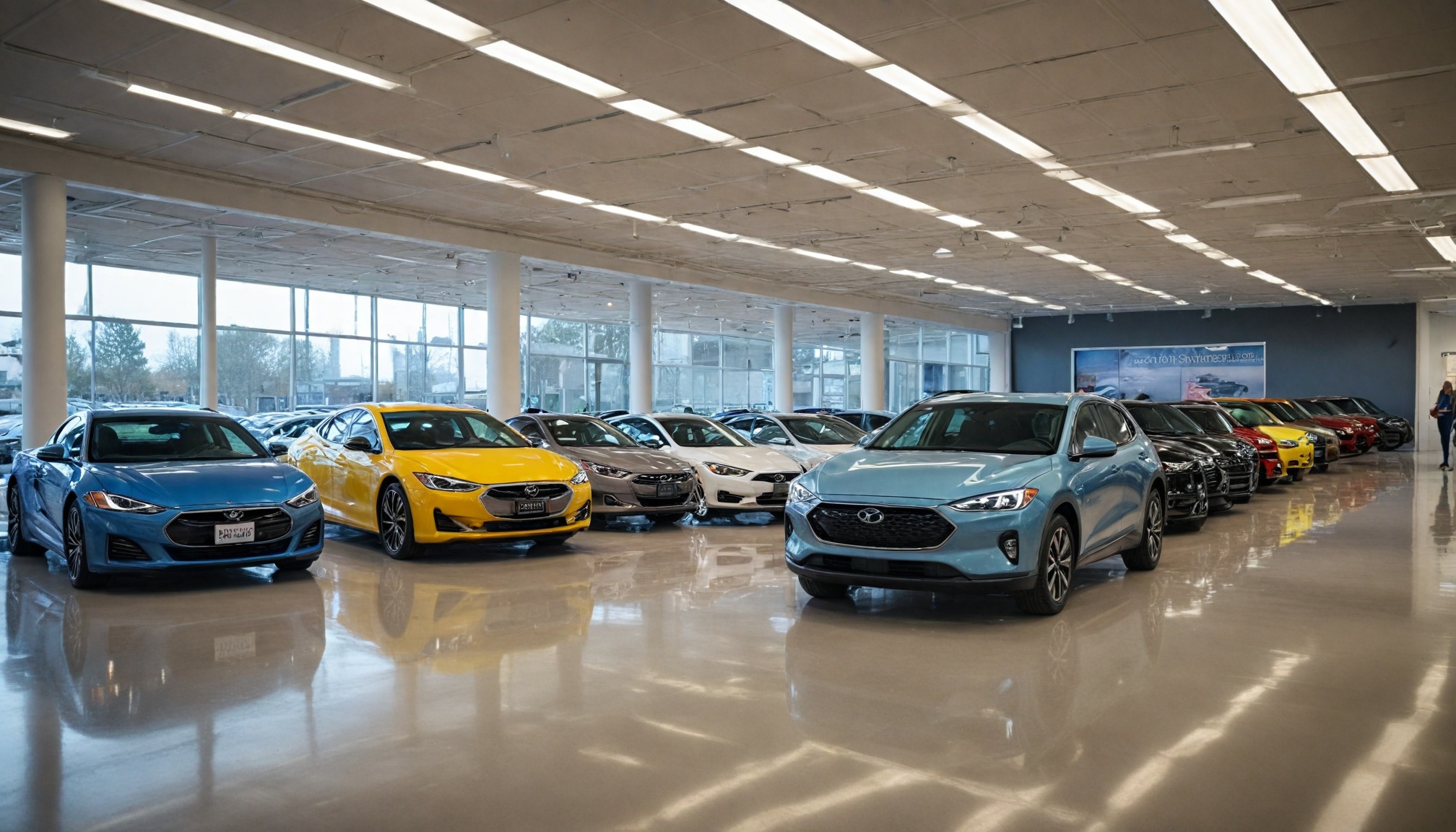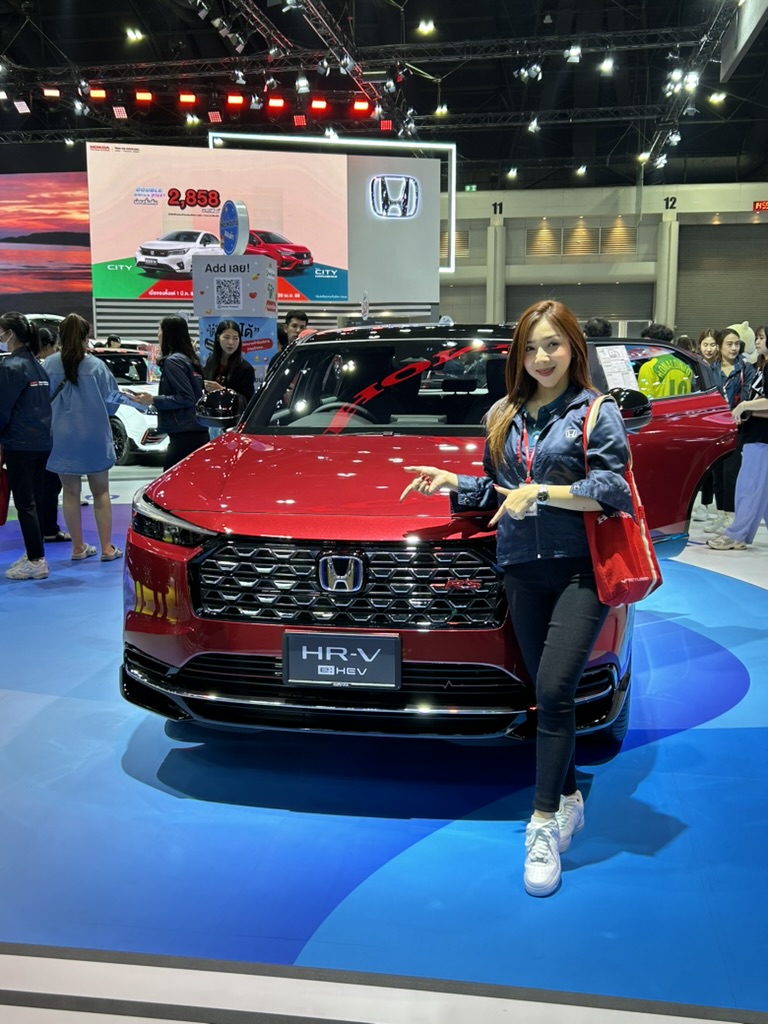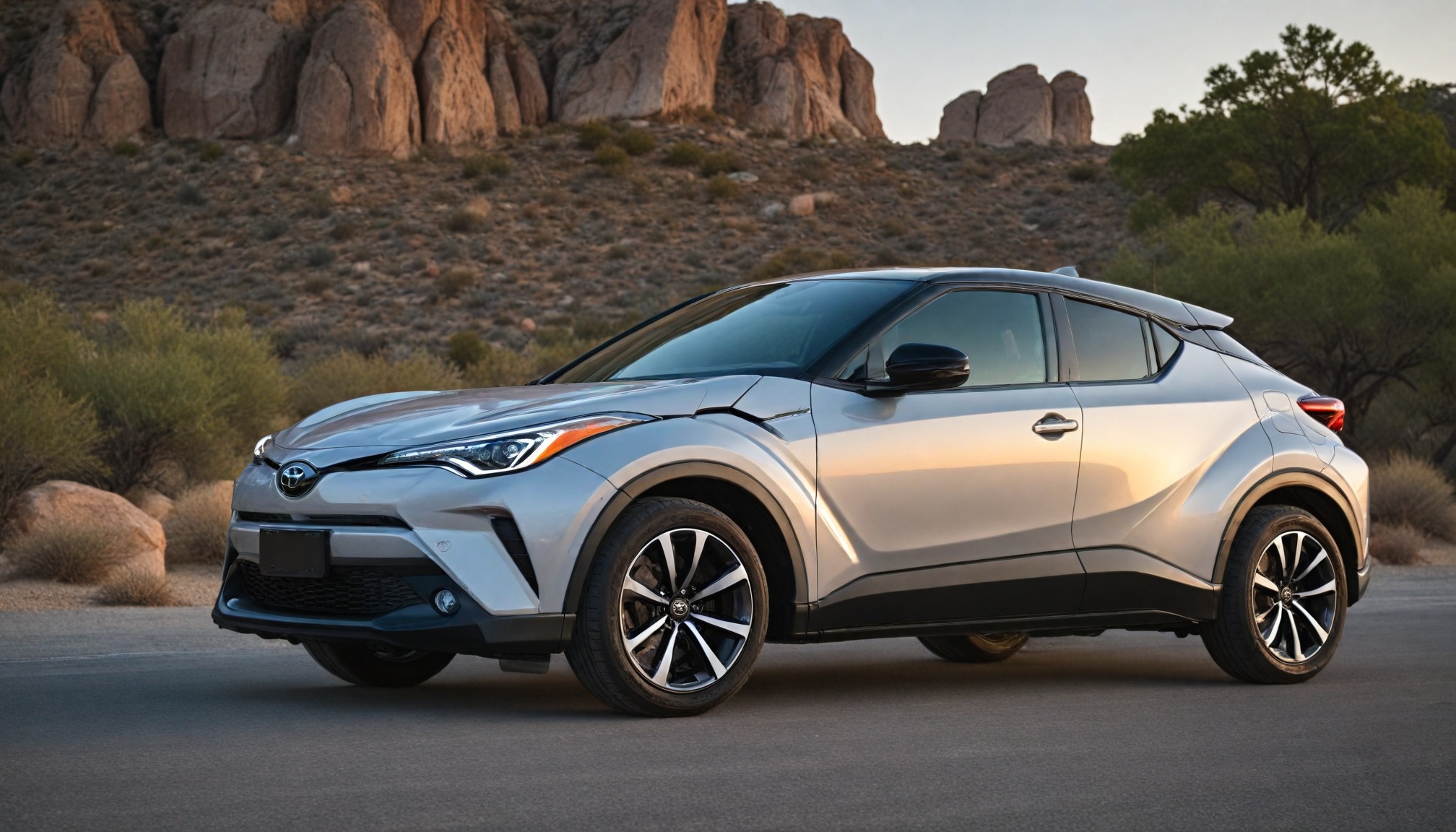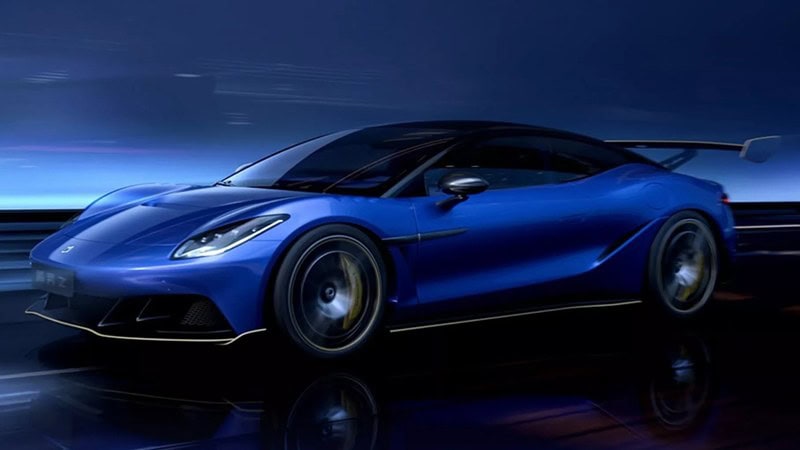
China's GWM challenges Ferrari with a 1,100-horsepower hybrid supercar featuring twin-turbo V8 power and Chinese design elements, signaling China's ambitions in the ultra-premium market.

Drivetech Partners
China's automotive giant Great Wall Motors (GWM) is stepping boldly into territory long dominated by European legends with its groundbreaking hybrid supercar aimed directly at Ferrari's SF90. After five years of secretive development, this 1,100-horsepower hybrid beast represents not just a new vehicle but a seismic shift in the global automotive hierarchy as Chinese manufacturers confidently challenge the established supercar order.
Key Takeaways
GWM's hybrid supercar boasts a twin-turbo V8 powertrain delivering approximately 1,100 horsepower, targeting sub-2.5 second 0-60 mph acceleration
The limited-production vehicle features a design that blends traditional Chinese aesthetic elements with cutting-edge aerodynamics
With pricing expected in the $700,000-$900,000 range, the GWM supercar aims to be competitively positioned against European rivals
The hybrid system offers limited electric-only operation in urban areas, catering to environmentally conscious performance buyers
This project signals China's growing automotive ambitions in the ultra-premium segment, potentially reshaping the global supercar landscape

Chinese Supercar Revolution: GWM Challenges Ferrari
Great Wall Motors has thrown down the gauntlet to the established supercar elite with its ambitious hypercar project. The company's Chief Technology Officer Wu Huixiao has made the bold claim that their vehicle will "be better" than the Ferrari SF90, setting expectations sky-high. This isn't merely an aspirational statement—it's backed by half a decade of development and indicates China's determination to compete at the highest levels of automotive performance.
The project marks a significant departure from China's traditional automotive strategy of competing on price in mainstream segments. Instead, GWM is directly challenging the most prestigious European marques on their home turf: ultra-high-performance vehicles. This shift represents a new phase in the global automotive industry where Chinese manufacturers are no longer content to follow but are actively seeking to lead.

Engineering a Ferrari-Killer: Inside GWM's Technical Marvel
At the heart of GWM's supercar lies a technical tour de force: a twin-turbo V8 hybrid powertrain generating approximately 1,100 horsepower. This impressive power figure puts it in direct competition with the world's most exclusive hypercars. Performance targets include 0-60 mph acceleration under 2.5 seconds and a top speed exceeding 220 mph—figures that would place it among the quickest production cars on the planet.
GWM unveiled its new 4.0-liter twin-turbo V8 engine with hybrid technology at the 2025 Shanghai Motor Show, showcasing the company's serious engineering capabilities. The powertrain combines twin turbochargers with a transmission-integrated electric motor, while advanced fuel injection software helps meet global emissions regulations without compromising performance.

The chassis architecture features a carbon fiber monocoque, though reports suggest GWM has faced technical challenges with carbon tub technology. Production will likely be limited to just 300 units, with pricing expected to fall in the $700,000-$900,000 range—still comparatively competitive against its European rivals.
Revolutionary Design: Chinese Heritage Meets Hypercar Aerodynamics
Leading the design effort is a multinational team headed by Carlo Bonzanigo, a former Pininfarina designer with extensive experience creating iconic supercars. Rather than mimicking European design language, Bonzanigo and his team are crafting a distinctly Chinese hypercar that honors the nation's aesthetic heritage while meeting modern aerodynamic requirements.
"We're not creating another European-looking supercar with a Chinese badge," Bonzanigo has stated, underlining the commitment to a unique design identity. The vehicle features flowing lines inspired by traditional Chinese calligraphy, contrasted with sharp technical details that serve both visual and functional purposes.

Inside, the focus shifts from conventional luxury materials to next-generation interfaces that reflect China's technological leadership. This approach creates a cabin experience that feels forward-looking rather than traditionally opulent, appealing to tech-savvy hypercar buyers.
Eco-Performance: Redefining the Sustainable Supercar
GWM's hybrid powertrain isn't just about raw performance—it also enables limited electric-only operation in urban areas, addressing growing environmental concerns without compromising the supercar experience. This approach targets wealthy buyers who desire extreme performance but also value environmental responsibility.
The engineering team has implemented advanced fuel injection software to meet global emissions regulations while maintaining peak performance. This dual focus on sustainability and speed differentiates the GWM supercar from many established competitors who often prioritize tradition over innovation.
GWM has also paid attention to the environmental impact of production, using advanced materials that aim to minimize the vehicle's overall ecological footprint. This comprehensive approach to sustainability could appeal to a new generation of environmentally conscious supercar buyers.
Market Disruption: GWM's Strategy to Penetrate the Elite Supercar Circle
GWM is pursuing an aggressive cost-reduction strategy to make its supercar competitively priced against European rivals, while still maintaining elite performance and quality standards. This value proposition could prove attractive to buyers looking for hypercar performance without the typical hypercar price premium.
The marketing approach is already taking shape, with several high-profile automotive YouTubers reportedly signing NDAs after being briefed on the project. The company has also begun approaching collectors and influencers in key global markets, building anticipation ahead of the official reveal.
Chairman Wei has emphasized the emotional aspect of the vehicle, stating: "We must build a car that will spike up adrenaline, cause an explosion of hormones, and dopamine." This focus on visceral appeal demonstrates GWM's understanding that supercars must deliver on emotional engagement as much as technical specifications.
China's Expanding Supercar Ambitions
GWM's supercar isn't China's first entry in this rarefied segment. Aion (GAC Group) already sells the Hyper SSR electric supercar in China, priced from RMB 1.286 million (A$272,000). This demonstrates that the Chinese supercar movement is already gaining momentum.
The stakes are high, and GWM is leaving nothing to chance. Chairman Wei Jianjun has been spotted driving a Ferrari SF90 for competitive research, indicating the company's serious commitment to understanding their target. Testing includes involvement from Nürburgring experts, signaling genuine performance development rather than merely chasing headline figures.
This project represents China's growing automotive ambitions in the premium and performance segments, moving beyond simple cost competitiveness to genuine innovation leadership. The success of these ventures could dramatically reshape perceptions of Chinese automotive capabilities globally.
Global Implications: How Chinese Hypercars Could Reshape the Industry
Industry analysts have responded with a mixture of curiosity and doubt about whether GWM can truly compete at this level. However, GWM Tank's global brand chief Gu Yukun has confidently stated they've "solved problems that many overseas car-makers have not" regarding large displacement engines.
The success of Chinese hypercars could force established European brands to accelerate innovation or risk being overtaken. Performance metrics that compete with boutique manufacturers like Koenigsegg and Pagani, as well as mainstream exotic brands, would represent a fundamental shift in global automotive power dynamics.
This transition from follower to potential leader marks a new chapter in automotive history. Just as Japanese brands like Lexus disrupted the luxury segment in the 1990s, Chinese manufacturers could reshape the supercar landscape in the 2020s and beyond.
Future Outlook: The Democratization of Supercar Technology
The long-term implications of GWM's supercar project extend beyond the limited-production vehicle itself. The hybrid technology and performance innovations will likely filter down to more accessible models, benefiting mainstream consumers over time.
This project could accelerate the development of high-performance hybrid technology across the industry, pushing competitors to respond with their own innovations. Success could also inspire other Chinese manufacturers to enter the supercar segment, creating a new wave of high-performance vehicles.
As competition increases, we may see more accessible supercars globally. Traditional supercar makers will need to adapt to new competitive pressures from non-traditional markets, potentially leading to greater innovation and value throughout the performance car ecosystem.
Sources:
Adelaide Regent - Great Wall Motors Plans Supercar
Car Expert - China's GWM Wants To Take On Ferrari With A Supercar Of Its Own
Team BHP - Great Wall Motors Developing Supercar Better Than Ferrari






